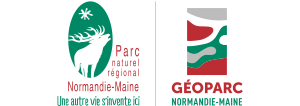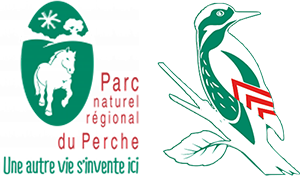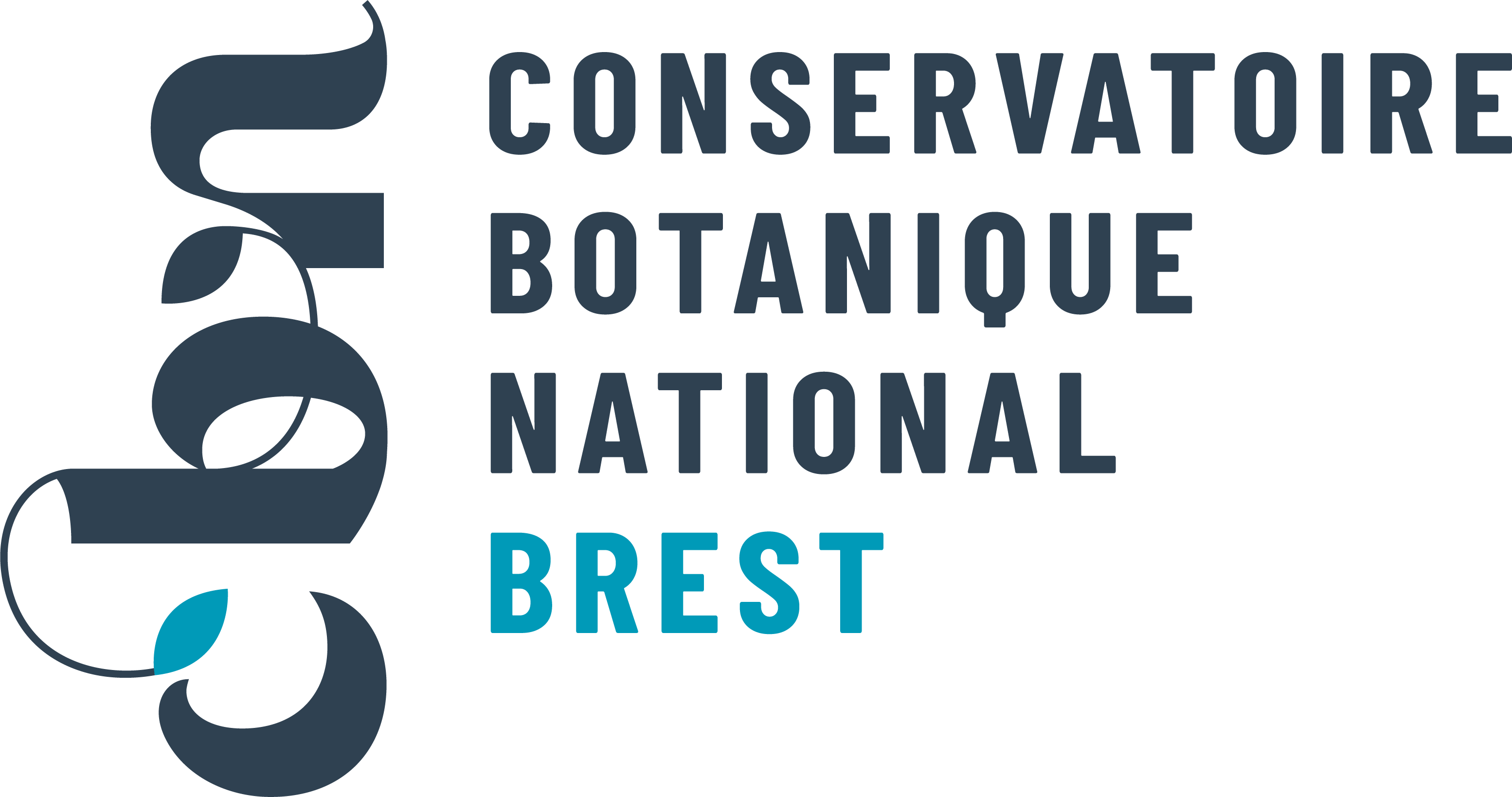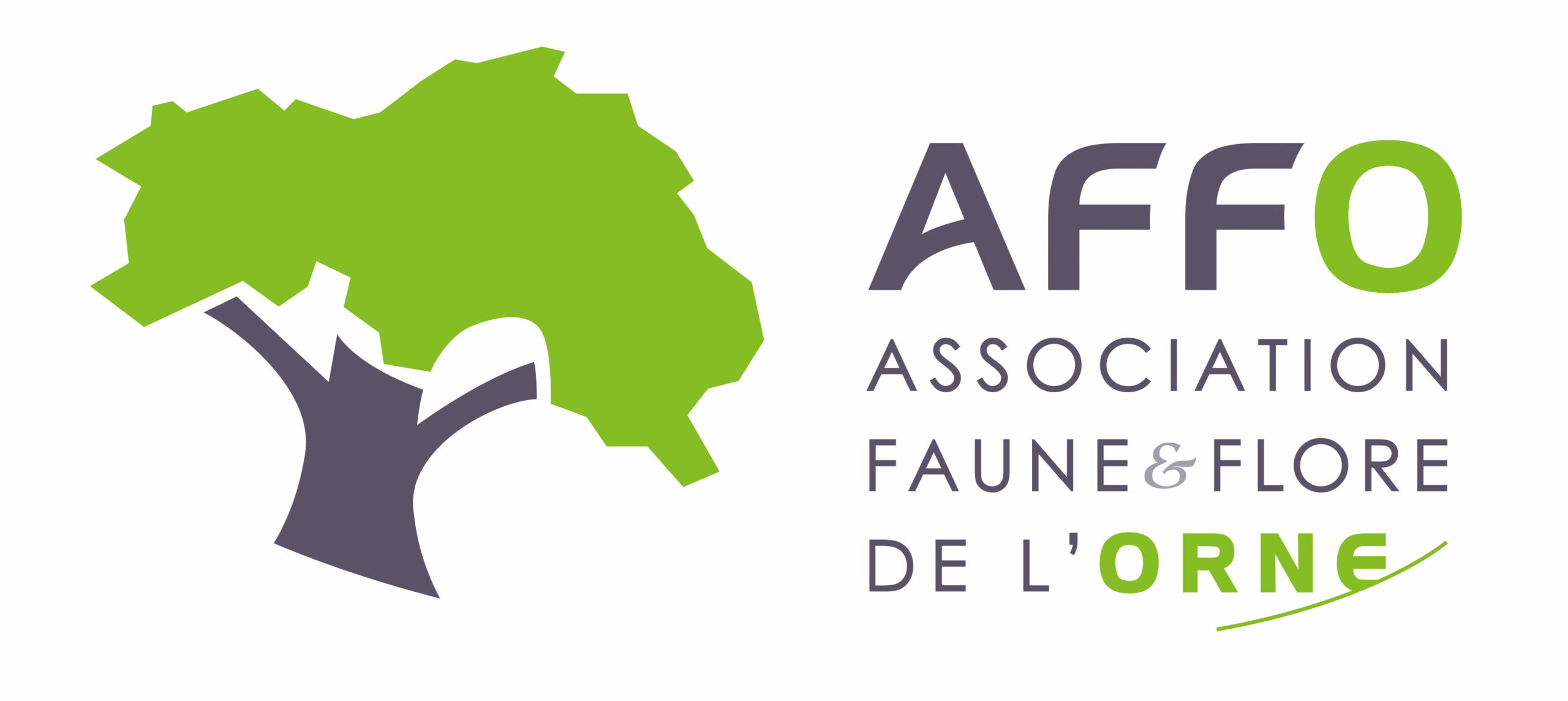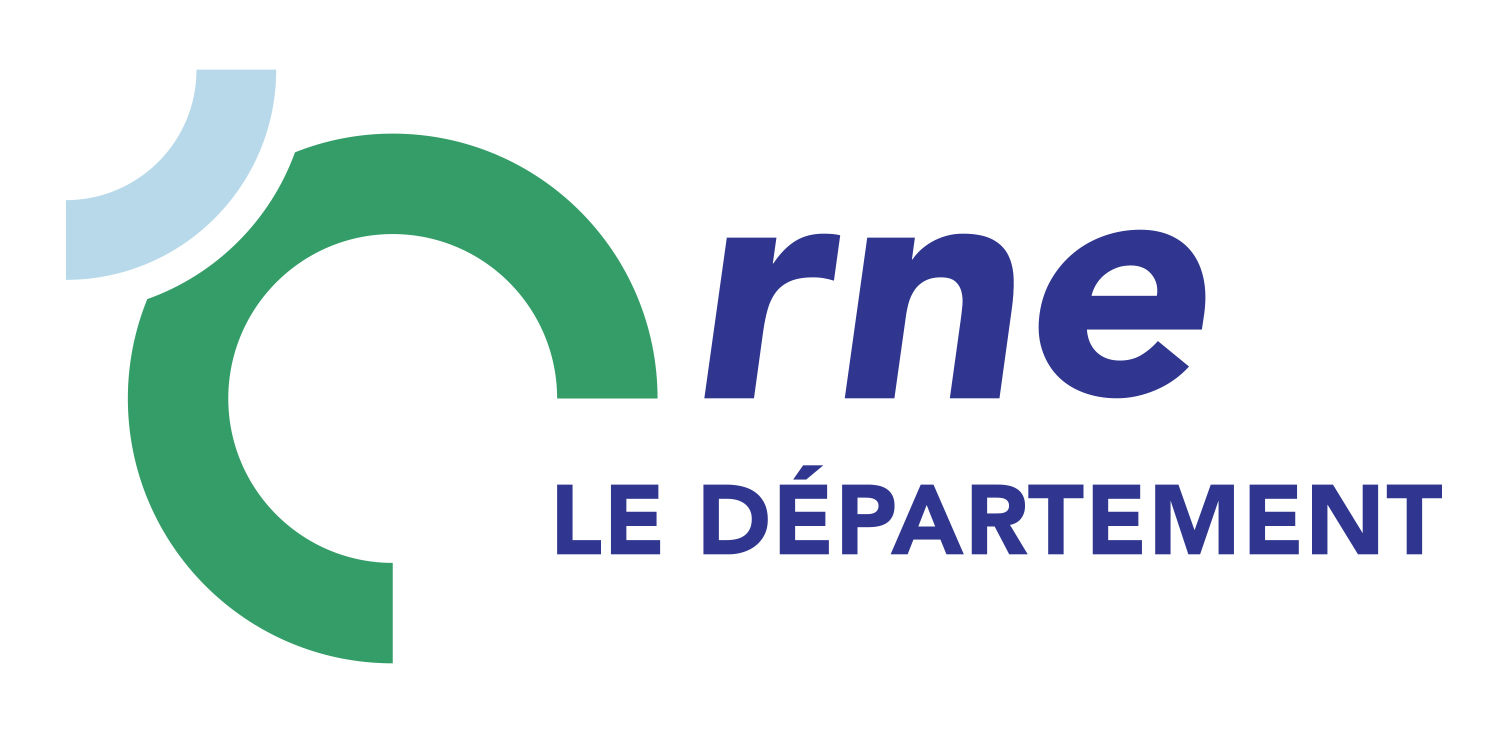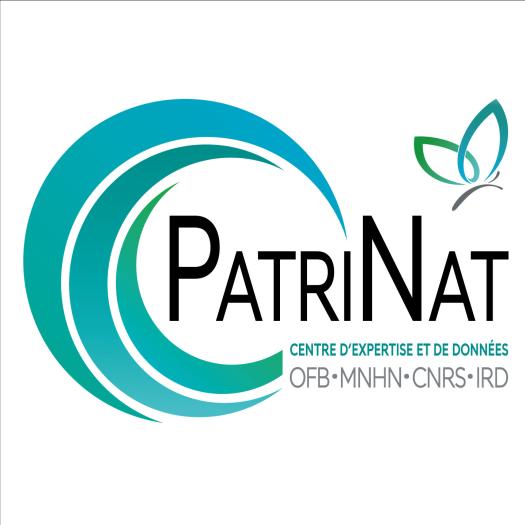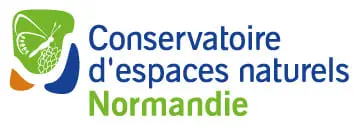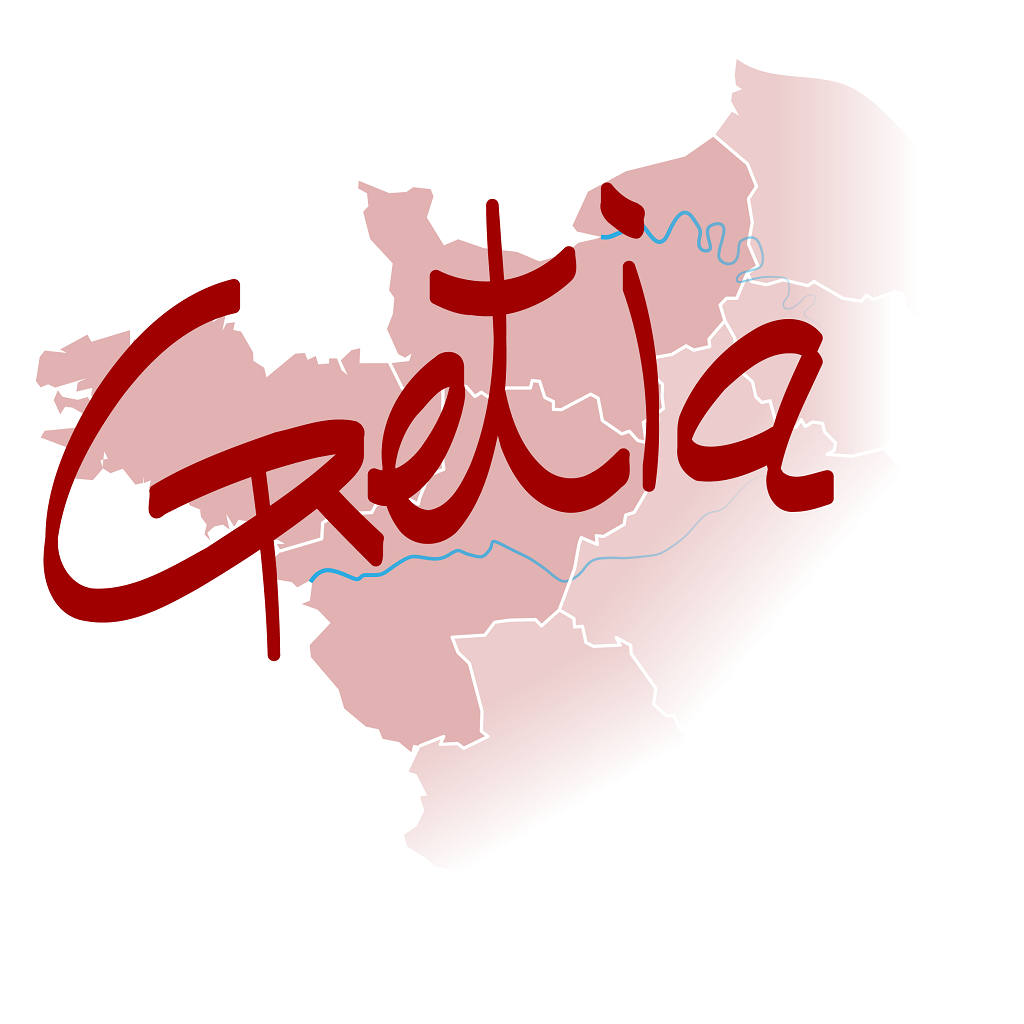Peuplier noir
Populus nigra L., 1753

- 91 observations
-
52
communes -
20
observateurs
18
organismes -
Première observation
1980 -
Dernière observation
2023
Alençon - Belforêt-en-Perche - Bellou-en-Houlme - Bretoncelles - Briouze - Buré - Caligny - Ceaucé - Cisai-Saint-Aubin - Coulonges-sur-Sarthe - Croisilles - Dame-Marie - Domfront en Poiraie - Écouché-les-Vallées - Flers - Fleuré - Gouffern en Auge - Hauterive - Héloup - Juvigny Val d'Andaine - La Chapelle-Montligeon - La Ferté-en-Ouche - La Ferté Macé - La Trinité-des-Laitiers - Le Château-d'Almenêches - Les Ventes-de-Bourse - Lonlay-l'Abbaye - Magny-le-Désert - Mahéru - Mauves-sur-Huisne - Mieuxcé - Monts-sur-Orne - Mortagne-au-Perche - Moutiers-au-Perche - Passais Villages - Perche en Nocé - Pervenchères - Rémalard en Perche - Rives d'Andaine - Rouperroux - Sablons sur Huisne - Saint-Aubin-d'Appenai - Sainte-Gauburge-Sainte-Colombe - Sainte-Marguerite-de-Carrouges - Sainte-Marie-la-Robert - Saint-Georges-d'Annebecq - Saint-Georges-des-Groseillers - Saint-Germain-du-Corbéis - Saint-Julien-sur-Sarthe - Sarceaux - Sées - Tessé-Froulay
-
PNR et géoparc mondial UNESCO Normandie-Maine
Participation à 33 Observations
Part d'aide à la prospection : 36.26 %
Fiche organisme
-
Conservatoire Botanique National de Brest (CBNB)
Participation à 30 Observations
Part d'aide à la prospection : 32.97 %
Fiche organisme
-
Association Faune & Flore de l'Orne (AFFO)
Participation à 29 Observations
Part d'aide à la prospection : 31.87 %
Fiche organisme
-
PNR du Perche
Participation à 20 Observations
Part d'aide à la prospection : 21.98 %
Fiche organisme
-
Conseil départemental de l'Orne (bureau ENS)
Participation à 9 Observations
Part d'aide à la prospection : 9.89 %
Fiche organisme
-
UMS PatriNat (OFB-CNRS-MNHN)
Participation à 9 Observations
Part d'aide à la prospection : 9.89 %
Fiche organisme
-
Muséum national d'Histoire naturelle (MNHN)
Participation à 9 Observations
Part d'aide à la prospection : 9.89 %
Fiche organisme
-
Base pour l'inventaire des observations subaquatiques (BioObs)
Participation à 9 Observations
Part d'aide à la prospection : 9.89 %
Fiche organisme
-
Ministère de la Transition écologique et de la Cohésion des territoires
Participation à 3 Observations
Part d'aide à la prospection : 3.30 %
Fiche organisme
-
Conseil départemental de l'Orne
Participation à 1 Observation
Part d'aide à la prospection : 1.10 %
Fiche organisme
-
Peter Stallegger (Consultant Environnement)
Participation à 1 Observation
Part d'aide à la prospection : 1.10 %
Fiche organisme
-
SETUP ENVIRONNEMENT
Participation à 1 Observation
Part d'aide à la prospection : 1.10 %
Fiche organisme
-
Conservatoire d'espaces naturels de Normandie (CEN Normandie)
Participation à 1 Observation
Part d'aide à la prospection : 1.10 %
Fiche organisme
-
Naturalia-Environnement
Participation à 1 Observation
Part d'aide à la prospection : 1.10 %
Fiche organisme
-
Office national des forêts (ONF)
Participation à 1 Observation
Part d'aide à la prospection : 1.10 %
Fiche organisme
-
Ferme éolinne de Fay
Participation à 1 Observation
Part d'aide à la prospection : 1.10 %
Fiche organisme
-
GRoupe d'ETude des Invertébrés Armoricains (GRETIA)
Participation à 1 Observation
Part d'aide à la prospection : 1.10 %
Fiche organisme
Informations espèce
Source : Biodiv'Écrins, Parc national des Écrins
G1.221 : Grandes forêts alluviales médio-européennes
G1.224 : Po Quercus - Fraxinus - Alnus forests
G1.31 : Forêts riveraines méditerranéennes à Peupliers
G1.332 : Iberian meso-Mediterranean ash galleries
G1.335 : Italic ash galleries
G1.36 : Ponto-Sarmatic mixed Populus riverine forests
G1.37 : Irano-Anatolian mixed riverine forests
G1.381 : Helleno-Balkanic riparian plane forests
G1.C1 : Plantations de Populus
Répartition actuelle en France métropolitaine
© INPN - Avertissement : les données visualisables reflètent l'état d'avancement des connaissances et/ou la disponibilité des données existantes au niveau national : elles ne peuvent en aucun cas être considérées comme exhaustives.
Répartition actuelle dans le monde
Avertissement : les données visualisables reflètent l'état d'avancement des connaissances et/ou la disponibilité des données existantes au niveau mondial : elles ne peuvent en aucun cas être considérées comme exhaustives.



